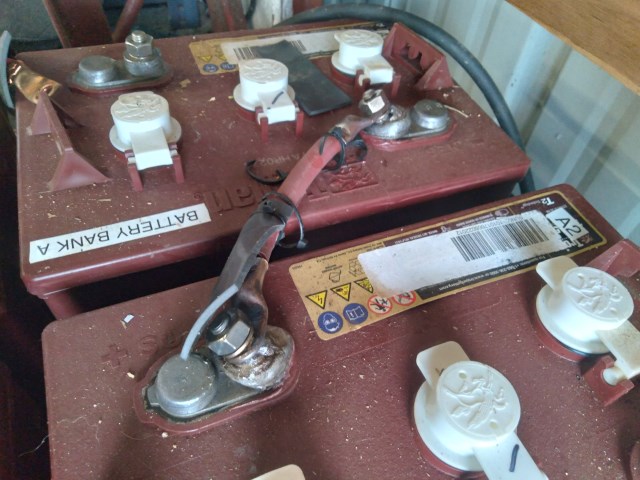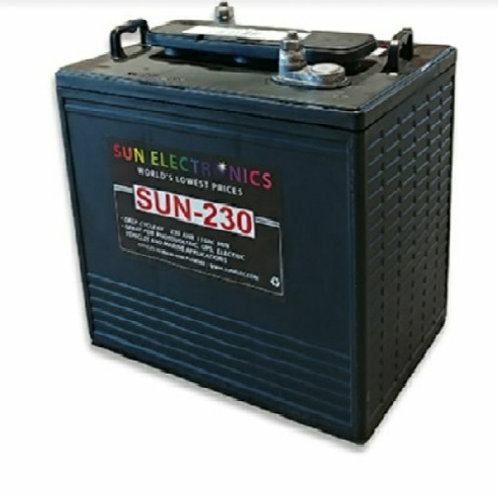As a rule, the Direct Current (DC) side of an off-grid or backup home power system will be 12, 24 or 48 volts. Some equipment is available for the archaic 32 volt system and there are maverick higher voltage systems. I think most of you will best be served by one of the big 3 systems because you have better availability of hardware at a better price.
First, let’s understand power. Power is measured in Watts. It is calculated Power= Volts X Amps. For some odd reason, this is expressed in the industry as P=E X I. Go figure.
Ok, so from that formula, to get more Power, you need more Volts or more Amps. More amps will require heavier cable and careful management to prevent losses and meltdowns. It will require bigger batteries or more in parallel. More volts will require more batteries or cells in series to achieve, but you don’t have ridiculous amounts of copper to carry the current.

So, is there a rule of thumb as to which system voltage you should choose? Let me propose one. I like 00 gauge cable. Triple-ought is harder to find terminals for and 4-ought (0000 gauge) is difficult to work. Depending on which chart you use, what the temperature is and how long the cable is, you might see double-ought cable rated from 175 to 283 amps. I lean toward the higher number for solar use because my cables are reasonably short and don’t get much above 100 degrees. Let’s call it at 250 amps for the sake of a discussion.
250 amps X 12 volts = 3kw
250 amps X 24 volts = 6kw
250 amps X 48 volts = 12kw
So here is what I propose: If you need more power than a 00 gauge cable can carry, maybe it is time to step up the voltage.

There are other considerations. Running a 12v system with “12v panels” can be very expensive because the so-called 12v panels are expensive. They are a specialty item, usually targeted to the marine market. If you own a boat, then you know boat stuff is expensive. You can avoid that penalty by using standard 60 or 72 cell panels with outputs in the neighborhood of 40 volts by using an MPPT charge controller. That stands for Maximum Power Point Tracking. Most MPPTs are good for up to 150 volts input, though I have a Midnite Solar controller that can handle 250 volts. Some MPPTs of dubious Asian origin might handle a single 60 cell panel. Read the spec sheet carefully.
With charge controllers, you’ll get back to the P = V X A thing again. Most MPPT charge controllers will automatically adapt to the battery voltage. A 60 amp charge controller is good for 720, 1440, or 2880 watts, depending on battery voltage. If you are shelling out $7-8 hundred bucks for a high quality controller, maybe just stepping up to the next voltage level can save you some big money.
Decisions, decisions.
—Neal

morning, looking for solar system batteries.
Hi Humphrey, please call us at (786) 565-9359